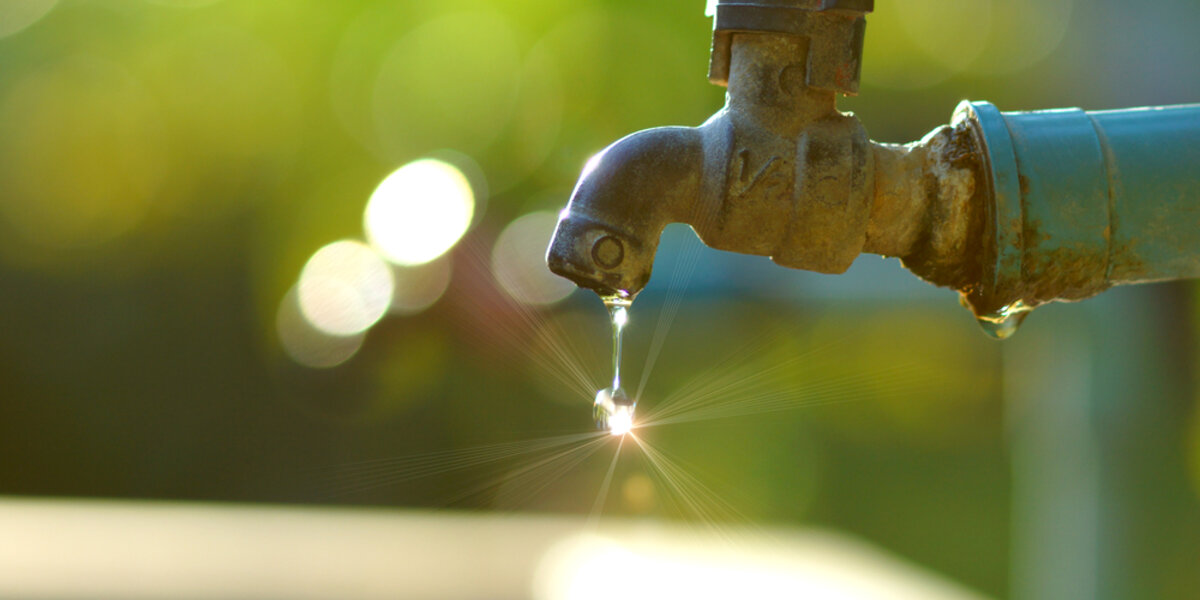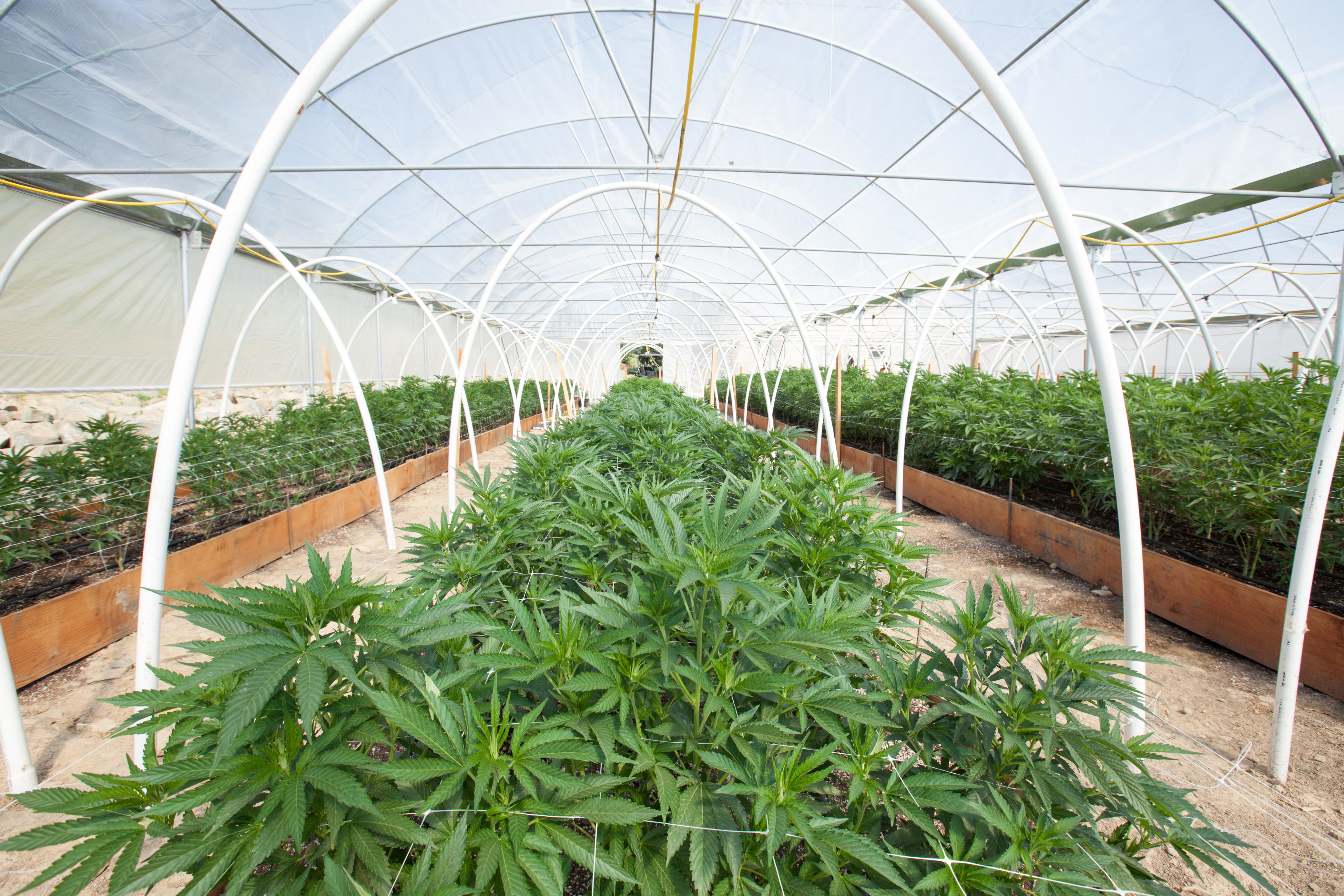Two Important Resources Come Together With Water-Energy Nexus
Let's Save Energy
Alliance to Save Energy's Blog
Two Important Resources Come Together With Water-Energy Nexus

California is facing one of the most severe droughts ever recorded. For the last three years, the state has been enduring water shortages, destructive wildfires, crop losses and state restrictions on water use. According to the U.S. Drought Monitor, nearly 82 percent of the state is in extreme or exceptional drought. The drought has implications far beyond California’s borders — the Golden State produces 70 percent of the nation’s top fruits, nuts and vegetables. Soon, the continued loss in agriculture due to the drought could result in increased food prices across the nation. It is estimated that the drought will inflict a total of $2.2 billion in losses for the agricultural industry.
To combat the issue, the government has placed regulations restricting water usage to alleviate waste, and Californians have been incentivized to engage in conservation efforts and calculate their daily water usage. Still, several reports show that reservoir storages and wells are running dry. Considering the emergency of this situation, we ought to consider better ways to address the current water shortage.
The Energy-Water Nexus
When we think about water deficiency, we don’t necessarily consider how it might be related to our energy consumption. However, water and energy are highly connected to one another. Energy production requires an enormous amount of water, ranking as the second most water consuming industry in the country. Conversely, about 90 percent of U.S. energy is generated from nuclear and fossil power plants, which require 190,000 million gallons of water per day to produce electricity, accounting for 39 percent of the nation’s freshwater withdrawals. The interdependent relationship between these resources is referred to as the “energy-water nexus.” Unfortunately, this relationship creates a vicious cycle in which the more energy we consume, the more water is used, and vice-versa. As our population continues to grow, so will our energy and water demands. According to the United Nations, our global water withdrawals for energy are projected to increase by 20 percent and our water consumption for energy is expected to grow 85 percent by 2035. Meanwhile, our demand for energy and electricity are expected to increase by one-third and 75 percent, respectively. Fortunately, the energy-water nexus presents opportunity for personal action. When we understand the connection between energy and water, we can make choices that will reduce our expenses and help the environment.
What Can We Do To Help?
Individual actions can have a major overall impact. We can do our part to reduce the amount of water and energy we use by making small behavioral changes. By taking shorter showers, reducing the watering of lawns and turning off the tap while doing the dishes everyone can help alleviate the problem. Purchasing more energy efficient washing machines, installing low-flow toilets and replacing showerheads with WaterSense labeled showerheads all require some investment but reap large financial and resource-saving benefits. Showers alone account for nearly 17 percent of indoor water use. The EPA estimates that if the average household simply replaced one old showerhead with a WaterSense labeled model, they could save about 2,900 gallons of water. This amount saved could generate electricity to power a home for 13 days and save more than $70 in energy and water costs every year. If every American family made the switch, we would save more than 260 billion gallons of water and nearly $5.1 billion in water and energy costs annually.
With even greater implications than individual action, legislation that supports the efficient use of both energy and water can also help mitigate the issue. Every year, Stockholm International Water Institute (SIWI) hosts the World Water Week, an event that serves as a platform for over 200 collaborating organizations and 3,000 participants from around the world to discuss critical water policy and developmental issues. This year’s topic was energy-water nexus and it addressed the fact that even through there are obvious connections between the two sources, there are several communication barriers between sectors. Energy and water are managed in various levels — from local to global — creating challenges for adequately tackling issues. It is critical that both sectors join forces while making decisions and create policies that accurately reflect the impact they have on each other. It’s clear that water and energy are intimately connected and require individual action as well as policy reform in order to avoid unnecessary waste. Fortunately, this means that as we work to increase our energy efficiency we are also helping to save another incredibly precious resource.
STAY EMPOWERED
Help the Alliance advocate for policies to use energy more efficiently – supporting job creation, reduced emissions, and lower costs. Contact your member of Congress.
Energy efficiency is smart, nonpartisan, and practical. So are we. Our strength comes from an unparalleled group of Alliance Associates working collaboratively under the Alliance umbrella to pave the way for energy efficiency gains.
The power of efficiency is in your hands. Supporting the Alliance means supporting a vision for using energy more productively to achieve economic growth, a cleaner environment, and greater energy security, affordability, and reliability.



